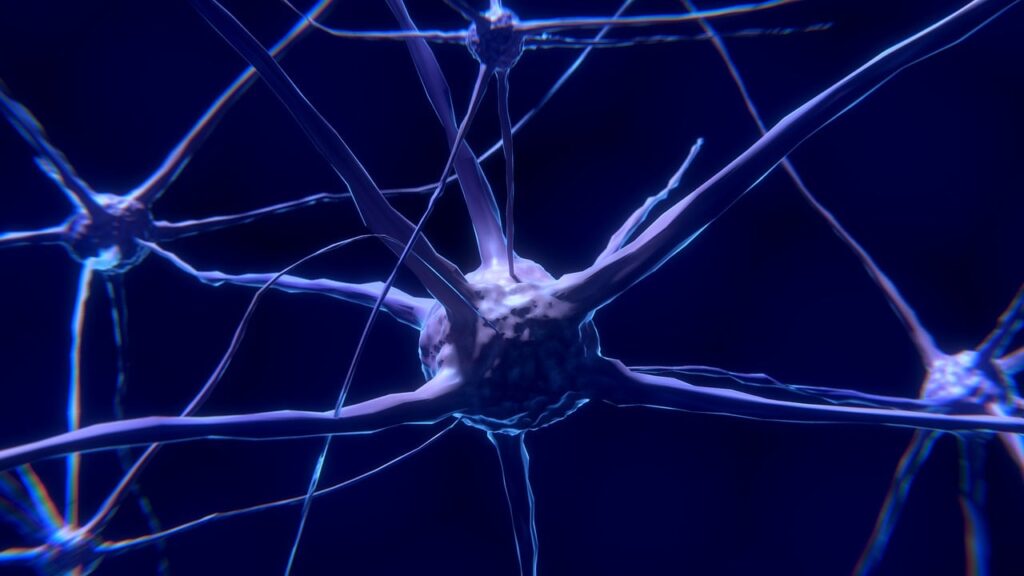The human nervous system is incredibly complex, and understanding its workings can be a transformative step in healing, especially when it comes to trauma. At the core of this system is the polyvagal nervous system, which consists of three main pathways: the dorsal vagal, the ventral vagal, and the sympathetic pathways. Each of these plays a crucial role in how we respond to the world around us, particularly in moments of safety or danger.
The Polyvagal Nervous System: A Breakdown
- Sympathetic Nervous System: Often referred to as our “fight or flight” response, this pathway kicks into gear when we perceive danger. It’s a rapid, automatic reaction that doesn’t allow much time for contemplation. Our body needs to react quickly, whether it’s to fight off a threat or flee from it. Symptoms of activation in this system include a racing heart, shallow breathing, anxiety, and adrenaline surges. This state can be incredibly useful in the short term, but when prolonged, it can lead to chronic stress and anxiety. Many people who experience high levels of stress may find themselves trapped in this state, unable to shift out of the constant feeling of being “on edge.”
- Dorsal Vagal System: This is our immobilization response, which becomes active in life-threatening situations. It’s the most primitive part of our nervous system, associated with a state of shutdown or dissociation. When activated, you might feel low energy, shallow breath, hopelessness, fogginess, or a sense of being alone. This system is our body’s way of protecting itself when it perceives an overwhelming threat that cannot be escaped. While it can be a life-saving response, if this system is activated too frequently or remains dominant, it can lead to feelings of chronic depression, disconnection, or a sense of being “stuck” in life.
- Ventral Vagal System: Known as our social engagement system, this pathway is active when we feel safe and connected. When this system is engaged, we experience regulated heart rates, feelings of safety, peacefulness, happiness, and a sense of being active and engaged with others. This state is crucial for building relationships, feeling joy, and experiencing life fully. It’s where we ideally want to spend most of our time. However, for those with a history of trauma, accessing this state can be challenging, as their nervous system may be more accustomed to operating in a constant state of vigilance or shutdown.
The Role of the Nervous System in Trauma
Each person’s nervous system has a core state that shapes how they respond to various life settings, whether safe, dangerous, or life-threatening. This is particularly significant when considering trauma. Traumatic experiences can cause the nervous system to become sensitized, making it challenging to move fluidly through these three states. For some, their nervous system might become stuck in the sympathetic mode, leading to heightened anxiety and an inability to relax. Others may find themselves slipping into the dorsal vagal state, feeling chronically low, disconnected, or numb.
Understanding these dynamics is key to trauma therapy. When a person’s nervous system becomes stuck or overly sensitive, it can explain many of the symptoms we associate with trauma, such as hypervigilance, emotional numbness, or difficulty in forming and maintaining relationships. The body essentially “remembers” the trauma, and this memory is stored not just in the mind but in the nervous system itself.
This is why healing the body, and by extension, the nervous system, is central to trauma recovery. The work of Peter Levine, particularly through Somatic Experiencing, highlights the importance of polyvagal theory in understanding and healing trauma. Traumatic experiences are stored in the body, and by working directly with the nervous system, we can begin to heal those deep-seated wounds. This process often involves gently guiding the nervous system back into a state of safety, allowing it to reset and heal from within.
Building Awareness: The First Step in Healing
Since the autonomic nervous system operates so automatically, many of us aren’t fully aware of its workings. We may feel sensitive, easily hurt, or upset but may not understand why. Developing a deeper awareness of our triggers and reactions is the first step in healing. This process often requires time, reflection, and the support of a therapist.
For instance, you might notice that certain environments, like crowded places or loud noises, trigger feelings of anxiety or discomfort. These are clues that your nervous system is reacting to a perceived threat. By paying attention to these reactions, we can begin to understand the underlying causes and start the work of healing.
For many, trauma can lead to disassociation from the nervous system as a coping mechanism. The intensity of trauma can be overwhelming, leading the body to “shut down” as a way of protecting itself. However, once we become attuned to our nervous system, we can start working with it rather than against it. Simple practices like taking a walk in nature, which is naturally calming to our nervous system, can help bring us back to a place of balance. Breathing exercises, mindfulness practices, and other grounding techniques can also be effective in helping to regulate the nervous system.
In therapy, we work to create a safe environment where you can explore these reactions without judgment. This is crucial because the nervous system is incredibly sensitive to its surroundings. A calm, peaceful space allows your nervous system to relax, making it easier to engage in the therapeutic process.
Removing Shame from the Process
It’s crucial to remove any shame from this healing process. Our autonomic responses are deeply ingrained survival mechanisms that have evolved over 500 million years. Blaming ourselves for these automatic responses is both painful and unhelpful. Instead, we should feel proud for taking the steps to understand and heal our nervous system. Remember, many people never take this step, so acknowledging your effort is a significant part of the journey.
Shame often acts as a barrier to healing, preventing us from fully engaging with the process. By understanding that these responses are not our fault, we can begin to let go of self-blame and approach our healing with compassion and curiosity. The goal is not to “fix” the nervous system, but to work with it, to understand its signals, and to find ways to bring it back into balance.
If you’re ready to explore this deeper understanding and begin healing, reach out to a therapist who can guide you through this process. There’s support available, and healing is possible. Feel free to contact me for a free consultation, and let’s take the next steps together.


